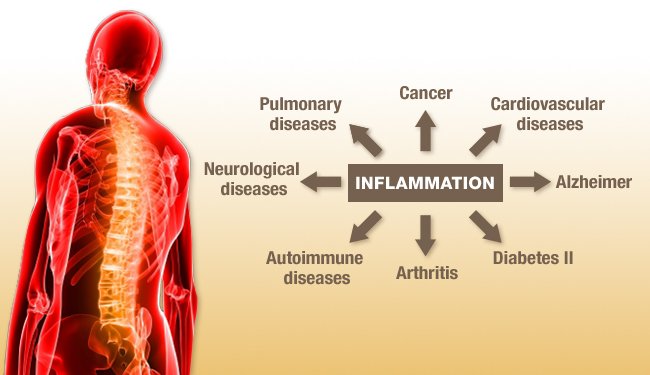Relating five elements and Dosha types
Ayurveda is a traditional system of holistic healing that perceives the human body to be a microcosm of the universe. According to Ayurveda, the human body consists of five essential elements, recognized as Panchmahabhootas in Sanskrit, which are Earth, Water, Fire, Air, and Ether (Space). Ayurveda contends that the unique combination and proportion of these elements within an individual's constitution determine their body type, also known as Dosha. The knowledge of how body types are formed from Panchmahabhootas illuminates the various characteristics and health tendencies of each Dosha.
Vata Dosha :
Individuals with a dominant Vata constitution are primarily composed of Air and Ether elements. They reflect the qualities of these elements, such as mobility, creativity, and variability. Vata types tend to have a slender build, thin bones, and dry skin. They are often energetic, talkative, and prone to movement.
Degeneration leads to increased spaces and lightness, increasing the Vata qualities.
An imbalance in Vata can lead to degenerative diseases such as osteoarthritis, Alzheimer's disease, and joint pain due to the drying of cartilage and show degenerative effects of excess Air and Ether like dry skin, dandruff, hair loss, and insomnia An excess of Vata in the body can result in various degenerative diseases, including osteoarthritis, Alzheimer's disease, and joint pain. This imbalance occurs due to the drying of cartilage, which is caused by an excess of Air and space elements. In addition to these health concerns, excess Vata can also lead to dry skin, dandruff, hair loss, and insomnia.
Balancing the disturbed vata
To balance the Air and Space elements, Vata individuals require grounding and nourishing foods rich in Earth and Water elements, such as healthy carbohydrates and fats, along with proteins and vegetables. Including nutrient-dense carbohydrates and healthy fats in their diet helps provide stability and support to the airy nature of Vata Dosha.
Pitta Dosha:
Pitta Dosha constitutes a blend of the Fire and Water elements. Individuals who possess a preponderant Pitta constitution exhibit intense, ambitious, and sharp traits. These individuals usually have a moderate body build, sharp features, and warm skin.
The Pitta's inflammatory state can lead to chronic diseases and autoimmune conditions.
Conversely, an excess of the Water element may result in problems such as edema and anemia due to impaired metabolism and fluid regulation.
Pitta diet considerations
Pitta types require a carefully planned diet that caters to their specific needs. When the Water element increases, indicating a tendency towards low metabolism, substances that stimulate Fire, such as certain spices and mineral supplements like iron, are beneficial for enhancing metabolism.
On the other hand, when the Fire element increases, indicating a need for an anti-inflammatory diet, the diet may consist of simple carbohydrates, saturated or medium-chain fatty acids, and plant proteins while avoiding animal proteins, polyunsaturated fatty acids, and complex carbohydrates. A meticulous diet is necessary to ensure that the nutritional needs of Pitta types are adequately met.
Kapha dosha
The term "Kapha Dosha" refers to a constitution that is formed by the elements of Earth and Water. Individuals with a dominant Kapha constitution are considered to be stable, enduring, and nurturing. They typically exhibit a robust, bulky build, well-developed musculature, and smooth, moisturized skin. Kapha types are known to display calm, compassionate, and grounded personalities.
Obesity, and metabolic issues related to overnutrition represent an increase in Kapha qualities
However, an imbalance in Kapha can lead to lethargy, weight gain, and congestion due to the excessive accumulation of Earth and Water elements in the body. Individuals with a Kapha constitution require a dietary regimen that reduces excess carbohydrates and fats while incorporating foods that promote lightness and vitality.
Diet for Kapha
It is recommended that Kapha types include foods rich in Air and Space elements, such as vitamins, minerals, and proteins, which help balance the heavy and dense qualities of Kapha Dosha. Therefore, a diet for Kapha types should include complex carbohydrates, millets, fruits, and vegetables, plant protein, and polyunsaturated fatty acids. It is best to avoid animal protein, simple carbohydrates, and saturated fatty acids.
By understanding our unique body types or Doshas, we gain valuable insights into our individual constitution, tendencies, and susceptibility to diseases. By tailoring our diet and nutrition in harmony with the elemental balance of our bodies, we can promote optimal health and well-being. Ayurveda's holistic strategies offer us a path to restore balance and achieve optimal health. Let us embrace the wisdom of Ayurveda to live a life full of energy and vitality.






